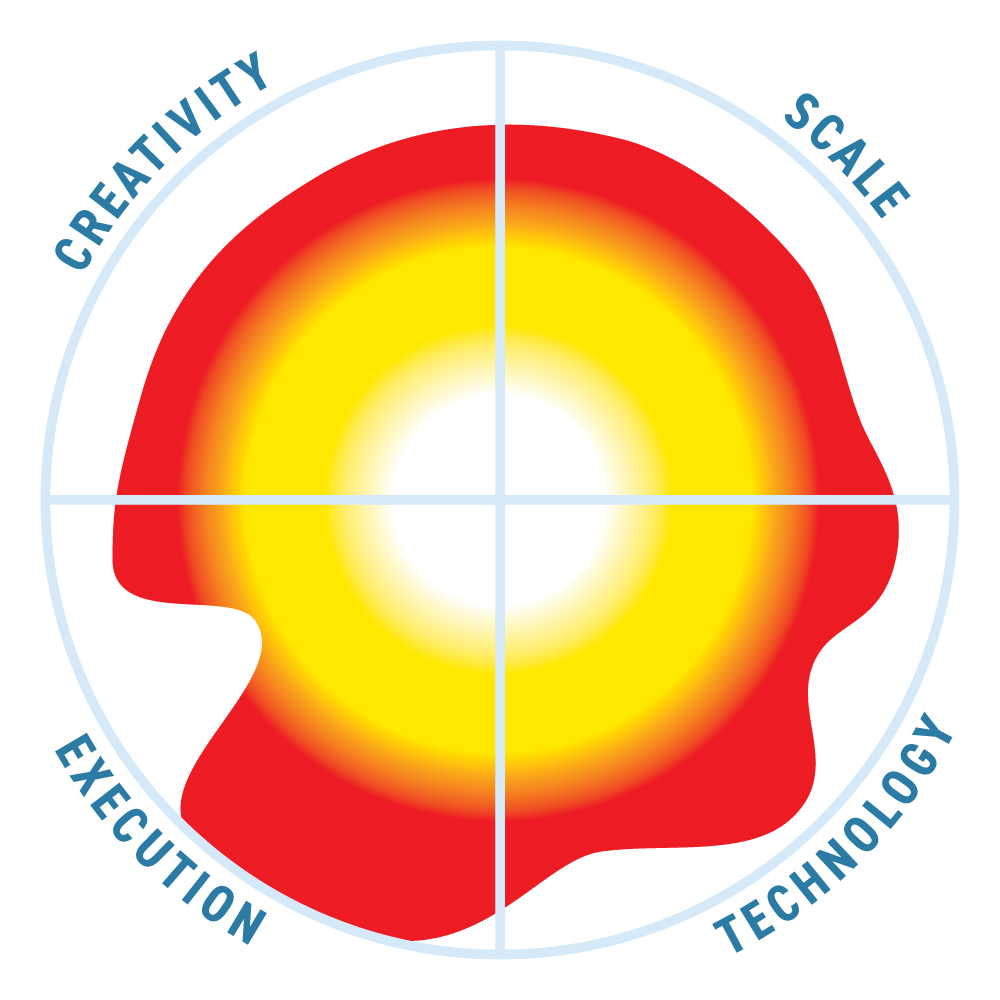SAP HANA Cloud
Update solution on June 25, 2025

What is it?
SAP HANA Cloud is a fully managed, cloud-native database-as-a-service introduced in general release in 2020. While traditional databases store data on hard disk, SAP HANA Cloud uses memory as primary storage, which gives faster access to data versus the slower access speeds of disk-based storage. However, its use of memory as primary storage enables real-time processing with lower latency, while still of course supporting batch processing where required. The database supports data federation as well as data replication with cloud and on-premise systems. SAP HANA Cloud supports both analytical and transaction-oriented workloads, is massively parallel, and although primarily a columnar database; it is also multi-model. This means that it can support structured, unstructured, and semi-structured data such as JSON, text, spatial, and vector, as well as property and knowledge graph data for graph traversal. It can also handle real-time streaming data, such as in industrial use cases for equipment monitoring using sensors.
Customer Quotes
“SAP HANA Cloud allowed us to complete the digitalization of our environment in an efficient and cost-conscious manner.”
Eric Zenner, VP of Process and Technology, Greenskies Clean Focus
What does it do?
The SAP HANA Cloud database supports multi-model capabilities to process, store, and analyze a range of datatypes and models, with tiered data storage. The product has data integration, built-in machine learning libraries, and uses Joule, SAP’s AI copilot, for workflow automation. It has substantial analytical capabilities, including predictive modelling, text analysis, machine learning, and spatial processing. The product supports high availability and disaster recovery and has extensive security features including real-time data anonymization. Since SAP HANA Cloud is the foundation of many of SAP’s applications and services, it has native integration and access to SAP application data.
How does it work
The product has AI large language model (LLM) augmentation through functionality that can create in-database text embeddings and supports vectors (needed by LLMs) via a built-in vector engine. Data tiering support means that in-memory can be augmented with columnar disk-based storage, so you can put lower priority data on (cheaper) disk, such as for the purposes of a data lake. SAP HANA Cloud can use SQL, SPARQL, SQLScript, GraphScript, vector storage, and similarity search functions, so has a very broad datatype support.
Why should you care?
Running the core operational and analytical systems of an enterprise is a mission-critical affair that requires a reliable underlying database. As data volumes increase in volume, the performance of key systems can become stretched, especially for complex analytic workloads. While scalability can be purchased in these days of cloud computing (at a price) by utilising more processing, ensuring good performance for business users can still be a challenge. SAP HANA Cloud’s in-memory approach means that very demanding workloads can be addressed. In publicly available customer case studies, there is a consistent message of significantly improved response time, more queries able to be run in a given period, and a major reduction in unplanned downtime.
The bottom line
SAP HANA Cloud is an industrial-strength database whose in-memory approach provides very quick response times for demanding workloads, whether analytical or operational. Its multi-model approach means that it supports a very wide range of data types including documents and vectors, which is increasingly important to enterprises as they look to implement AI applications. The extra cost of using memory compared to disk that is involved may well be offset by other factors by customers, such as quicker response time and less unplanned downtime. It is a natural choice for SAP customers and is a highly functional in-memory database in its own right.
Related Company
Connect with Us
Ready to Get Started
Learn how Bloor Research can support your organization’s journey toward a smarter, more secure future."
Connect with us Join Our Community
